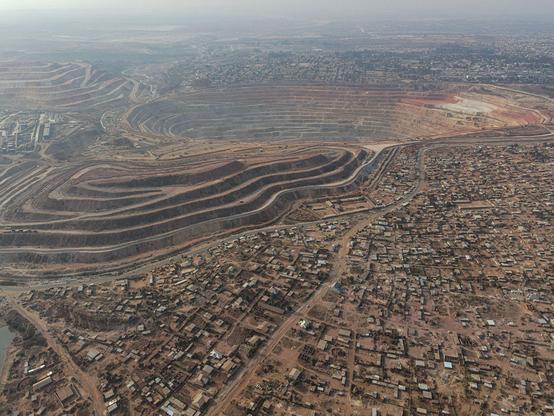2: The Technosphere – Earth’s New, Unruly ‘Kingdom’
(This article is part of a six-post reality-check. Concepts and examples are drawn from “Silent Earth: Adaptations for Life in a Devastated Biosphere.”)
For billions of years, the Earth’s surface was governed by the slow, elegant cycles of the biosphere. But now, a new planetary system has emerged, one of human origin: the technosphere. Coined by geologist Peter Haff, this concept describes the interconnected global network of all our technology—our cities, roads, power grids, and digital networks (Haff 2014). Its physical mass, a staggering 30 trillion tons of concrete, plastic, and metal, now rivals or even exceeds the total mass of all living things on the planet (Zalasiewicz et al. 2017).
This new kingdom has a complex, almost parasitic relationship with its parent. The technosphere depends utterly on the biosphere for energy, raw materials, and waste cycling, yet its very operation disrupts those sustaining systems. Agriculture is a primary example of this hybrid reality, where biological processes are co-opted and amplified by technological intervention, transforming the landscape (Foley et al. 2005).
Now, some propose to use the technosphere to manage the biosphere through geoengineering. These proposals to manipulate Earth’s climate systems carry immense promise and equally immense, uncertain risks (Lawrence et al. 2018).
The emergence of the technosphere as a dominant geological force requires a profound shift in perspective. We are no longer simply a species living within nature; we are the architects and unwitting subjects of a new planetary layer, and we have only just understood its unruly dynamics.
References
Foley, J. A., et al. 2005. Global consequences of land use. Science 309(5734): 570-574.
Haff, P. 2014. Technology as a geological phenomenon: implications for human well-being. Geological Society, London, Special Publications 395(1): 301-309.
Lawrence, M. G., et al. 2018. Evaluating climate geoengineering proposals in the context of the Paris Agreement temperature goals. Nature Communications 9(1): 3734.
Zalasiewicz, J., et al. 2017. The technosphere: its composition, structure, and dynamics. The Anthropocene Review 4(1): 9-28.
#Adaptation #Technosphere




